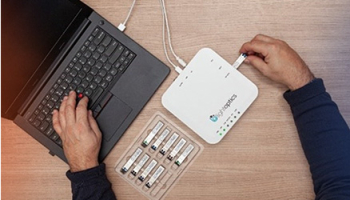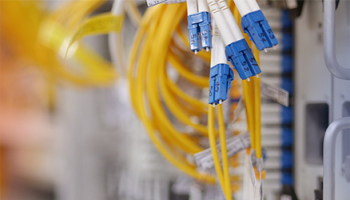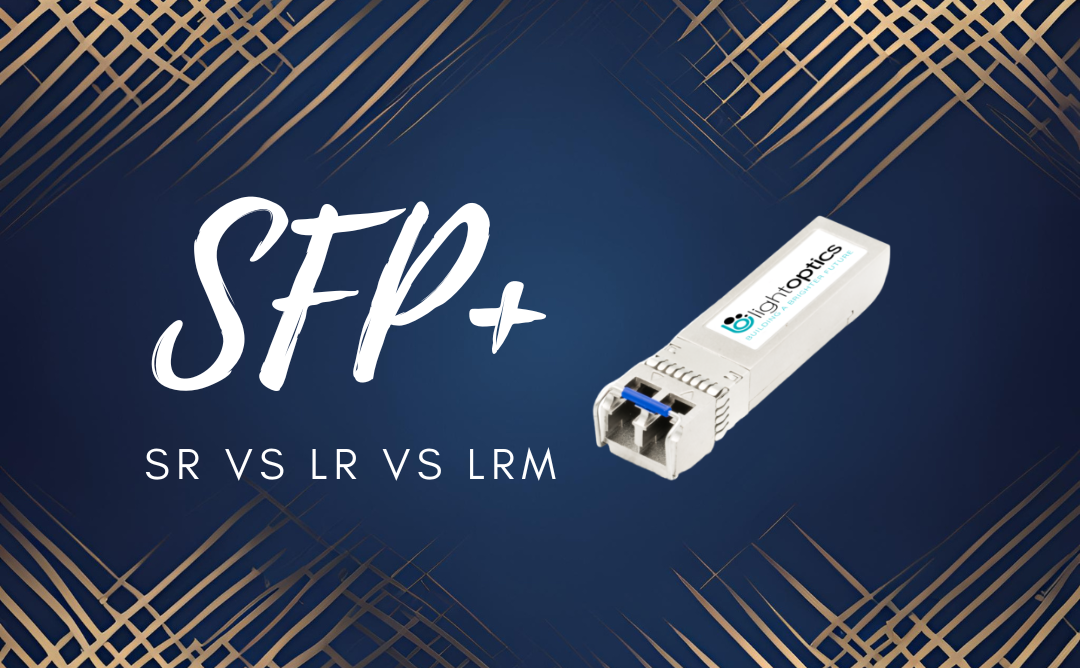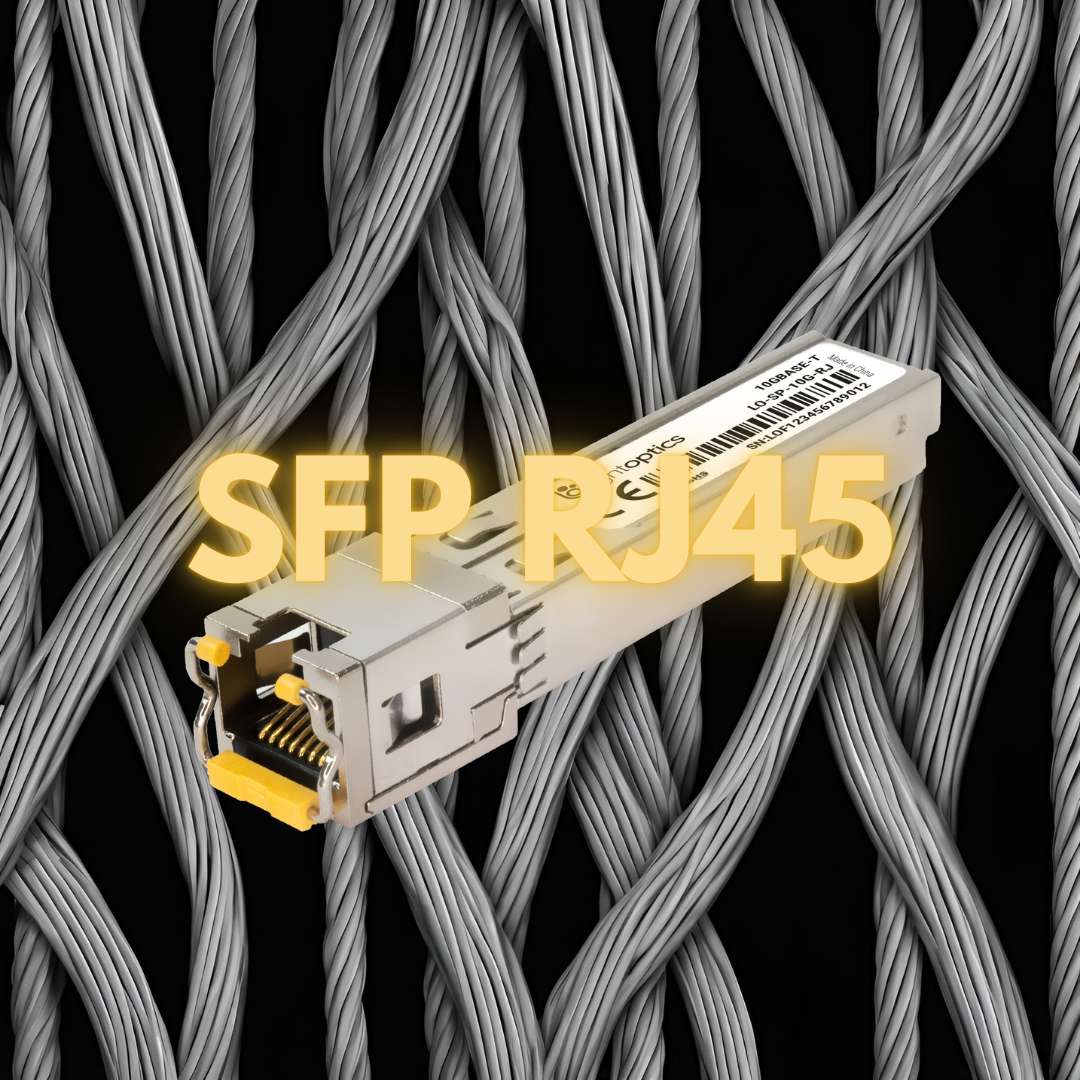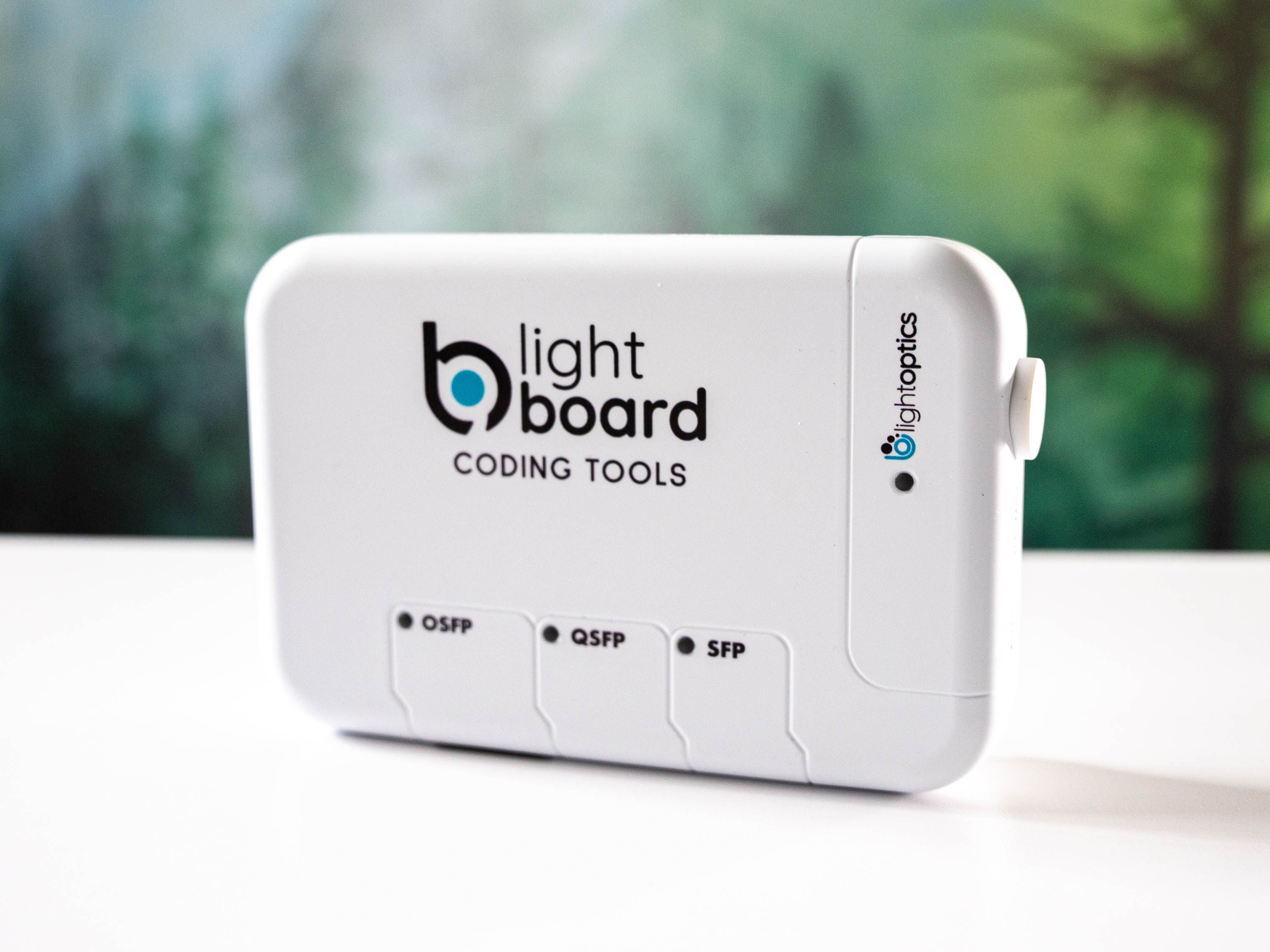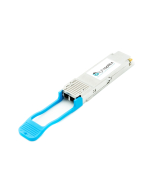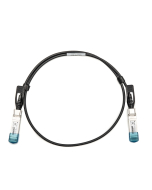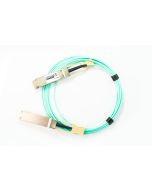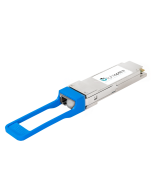The continuous development of technology is making modern technologies more accessible at a rapid pace, and more affordable prices are encouraging changes in network infrastructure. For this reason, switches with ports of 100G and beyond are becoming more and more common. QSFP28 optical modules with 100G throughput are a powerful and compact solution that is ideal for both crowded data centers and wide-area telecommunications networks.
In this article, we will delve into the specifications, applications and benefits of QSFP28 inserts to better understand their impact on the development of network technologies.
What Are QSFP28 Transceivers?
QSFP28 transceivers are compact, high-efficiency modules designed for high-speed communication of 100Gbit/s.
QSFP28 refers to the Quad Small Form-Factor Pluggable 28 standard, where ‘QSFP’ stands for the Form-Factor, and ‘28’ for maximum transmission rate of 28 Gbit/s per channel, which in standard 100 Gigabit Ethernet makes 25 Gbit/s. As QSFP28 transceiver has four high-speed differential signal channels it makes its full bandwidth of 100 Gbit/s.
Advantages of Using QSFP28 Transceivers
- Scalability: These transceivers provide an efficient upgrade path from lower speed transceivers, such as 10G and 40G, making network upgrades simpler and more cost-effective.
- Reduced Power Consumption: QSFP28 transceivers are engineered to be more power-efficient than older models, which helps in reducing the overall energy footprint of IT operations.
- Improved Signal Integrity: With advanced encoding techniques, QSFP28 transceivers maintain superior signal integrity over longer distances compared to earlier standards, enhancing overall network reliability.
Diverse Applications and Implementation
The versatility of QSFP28 transceivers allows their use in a wide range of applications:
- Data Centres: Essential for backplane and point-to-point connections, ensuring efficient data handling and storage operations.
- High-Performance Computing (HPC): Crucial in environments that require high bandwidth for intensive computational tasks.
- Telecommunications: Supports the backbone infrastructure needed for high-speed data and video transmission across vast networks.
Comparing different QSFP28 types
QSFP28 modules come in several variants, each designed for specific networking needs. Below is a table highlighting the differences between various exemplary types of QSFP28 modules:
| Type | Reach | Wavelength | Application |
| SR4 | 100 m | 850 nm | Short-range data communication in data centers |
| CWDM4 | 2 km | 1271, 1291, 1311, 1331 nm | Extended reach without amplification |
| BiDi | 10 km | 1331/1271 nm | Bidirectional data transmission over a single-mode fiber |
| LR4 | 10 km | 1310 mn | Long-range applications over single-mode fiber |
| ER4 | 30/40 km | 1310 mn | Extended long-range over single-mode fiber |
| ZR4 | 80 km | 1310 mn | Long-distance linking of locations in transmission networks |
| AOC | Varies | 850 nm | Active optical QSFP28 cable for in-rack connections |
| DAC | Varies | - | Passive copper cable used to connect network devices in data centers |
Each QSFP28 module type is tailored for specific scenarios, ranging from compact, high-density environments to long-distance telecommunications infrastructure. Multiple solutions based on QSFP28 inserts give network architects the ability to effectively address a wide variety of specific connectivity challenges.
Upgrading to QSFP28 from QSFP+: A Leap in Network Performance
In the dynamic landscape of network technology, QSFP28 modules mark a significant technological leap over QSFP+ by enabling 100G data rates – more than double the capacity of the 40G offered by QSFP+ modules. This advancement is particularly crucial as networks face increasing demands for higher throughput and greater efficiency.
QSFP+ vs QSFP28 transceiver:
- Data Rate: 100G QSFP28 is optimal for high-bandwidth requirements than 40G QSFP+.
- Energy Efficiency: Both modules maintain comparable energy usage despite different capacities.
- Upgrade Path: QSFP28 modules can be backward compatible, offering a smooth transition without extensive infrastructure changes.
The choice between QSFP28 and QSFP+ depends, of course, on current network needs and long-term goals, but the innovation of the solutions used, as well as the range of capabilities available, undoubtedly favors the choice of QSFP28 modules.
The Future of QSFP28 Technology
As network demands continue to grow, the role of QSFP28 transceivers will become more critical. With advancements in technology, future iterations will likely offer even greater speeds and more efficient data handling capabilities. It can be expected that in the near future QSFP28 modules will largely replace popular solutions based on lower speeds, such as 10G SFP+ modules and others.
Don’t hesitate and take a closer look at our range of QSFP28 modules now!









